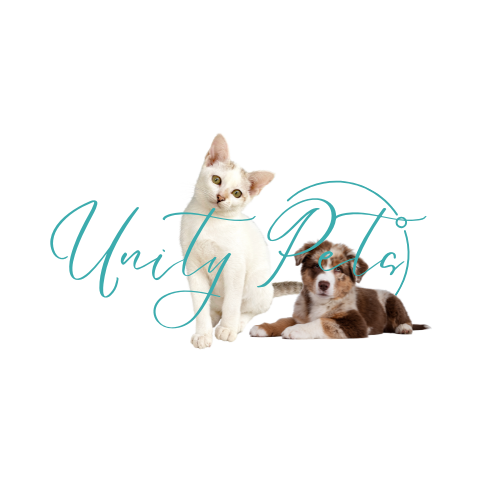Contents
Do You Have Problems With Your Cat’s Behaviour
Do You Have Problems With Your Cat’s Behaviour? Are you having issues with your cat’s behaviour, or is your cat acting strangely? Discover everything there is to know about cat body language and how to calm a nervous cat.
Body language of cats

Cat communication is complex and nuanced, but learning their body language can deepen your bond with your cat.
It might be beneficial for both of you to recognise the indicators that she is content or wants to be alone.
Unlike dogs, cats have not developed as many facial muscles, so their faces are not as expressive as dogs’.
It is critical to notice even the most minor indicators and changes in their body language because they tell a lot.
Indications that your cat is content and at ease
Nothing beats the sight of a contented kitty! There are a few obvious signals that your cat is content. These are some examples:
An upright tail. If your cat approaches you with her tail straight up, occasionally curled at the tip, this is usually a welcome and signals she is pleased to meet you.
Gentle eyes. This means that they are not wide open and vigilant. They could be partially closed (more like the shape of a rugby ball than a football).
The blinking is slow. Cats blink slowly at each other, and humans blink slowly to indicate they are comfortable and friendly.
Slowly blinking at a cat and moving your head away is an intelligent approach to demonstrate that you are not a threat.
Turn on their backs. Your cat may turn onto his back and show you his tummy if he is content and relaxed with you.
This is a greeting and trust gesture, not an invitation to a belly rub! Instead, softly stroke their head to shield your hand from their sharp claws.
A leap. If your cat jumps up to welcome you, it wants to be petted. It would be impolite not to do so.
Indications that your cat is stressed or worried
Many things might frighten or disturb our cats, from other cats to strange noises like a new washing machine. Some common warning indicators include:
Your cat is keeping close to the ground. Your cat could be huddled on the floor, attempting to hide. She must always have a safe place to go.
Flat ears. Your cat’s ears may rest flat against her skull when agitated.
Large eyes.
Your cat will have wide-open pupils and eyes if she is worried about anything.
Nervous or stressed cats might sooner hide than seek your attention.
You must give her space; otherwise, you risk exacerbating the situation.
Indications that your cat feels threatened

Cats are known to fight for territory, but their body language alters drastically when threatened. Observe the following behaviours:
Back arched. A terrified cat will arch its back to appear larger and more frightening.
The tail is tense. If your cat arches its back because it is terrified, likely, its tail is likely also upright and tense.
Whiskers and dense fur. When your cat perceives a threat, her fur becomes tense and her whiskers point forward, typically towards the object she is observing, thereby intensifying her feelings.
Extremely anxious cats hiss or even strike out at whatever is causing them distress. Instead of approaching them, find out what makes them sad (if possible).
Is it possible to speak with my cat through body language?
You can converse with your cat if you grasp what she is trying to tell you with her body.
Keeping your eyes from wandering to your cat is the most vital advice. She may interpret this as a threat, which terrifies her, and will not respond kindly!
You can also tell your cat if she shows you (through her body language) that she is comfortable and relaxed around you.
Blink slowly at her and tilt your head to the side. If you are lucky, your cat will do the same.
If you call your cat “cat” or address her with a harsh “ss”, she will become irritated.
It sounds like a hiss to her; she will think you are rude.
Purr
When our cats purr, we frequently assume they are content. This is true only when their body language is relaxed. They may also purr to attract your attention and keep themselves occupied.
Cats may purr under stressful situations, such as going to the clinic.
However, this only sometimes implies that they are content at the vet! When they are in discomfort, they will sometimes purr.
Paying attention to your cat’s body language and recognising the connection is a better sign of how happy and comfortable they are.




This exploration of cat body language is incredibly valuable, as understanding these subtle cues can truly enhance the bond we share with our feline companions. The distinction you’ve made about their limited facial expressiveness compared to dogs is particularly noteworthy. It underscores the importance of paying attention to the more subtle physical signals that our cats use to convey their emotions.
It’s great to see someone recognize the nuances of cat body language. I find it fascinating how our feline friends communicate so much with seemingly minimal effort. Unlike dogs, whose expressions can be more overt, cats often rely on subtlety. Their tail movements, for instance, can say a lot—like how a slow blink can be an invitation of trust and affection.